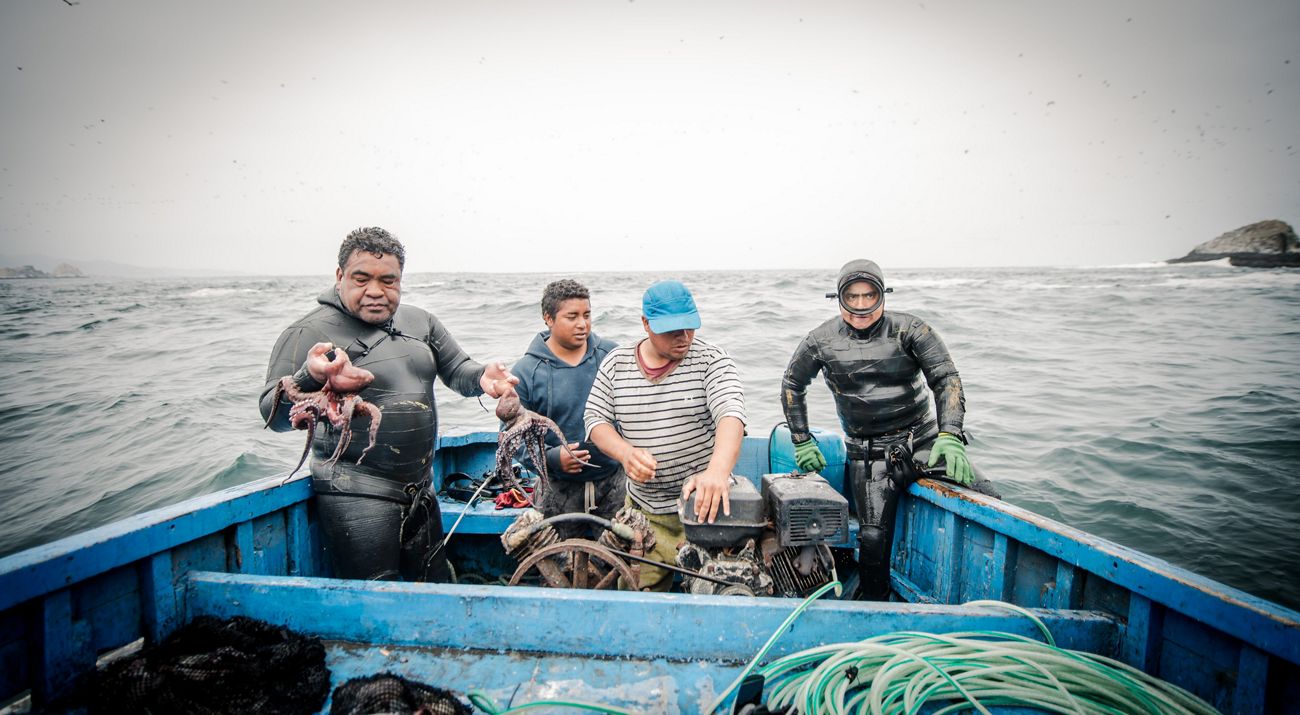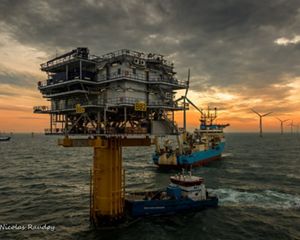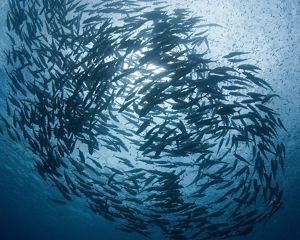A Path to Improve the World’s Coastal Fisheries
An innovative approach provides a path for improved decision-making, improved trust, and ultimately, more fish.
When that plate of delicious seafood is right in front of you, it's easy to forget the troubled status of many of the world's coastal fisheries.
Half of the world’s seafood comes from fisheries that harvest wild populations of fish, like Pacific red snapper in Mexico or queen conch in the Bahamas. Most of these fisheries are largely unmanaged and many are being overfished. Healthy fish populations are foundational to a functioning ocean ecosystem. Without the fish and other sea creatures, the ocean suffers.
Longer trips with smaller catches
Hector Samillan is an artisanal fisher in the coastal district of Ancon, Peru, just north of Lima. He remembers when he could go out fishing near shore and return with a boat full of octopus, mussels and crabs. Gradually over the years, Hector had to dive deeper and spend more time underwater to fill his boat. Excessive fishing in Peru’s coastal waters has led to declining fish populations, causing fishers’ incomes to diminish and making it harder to feed their families.
Hector’s story is not uncommon. More than 60 percent of the world's fisheries are in decline or overfished. Overfishing, because of poor management, leads to an annual loss of U.S. $50 billion globally and threatens the health of our oceans and the livelihoods of hundreds of millions of people who rely on well-managed fisheries.

A welcome approach
Fortunately, there is hope for the tens of thousands of fisheries in need of reform.
For more than 25 years, The Nature Conservancy (TNC) has been working on the docks and in the water to ensure that fisheries are managed in ways that ensure both stable seafood supplies and healthy ocean ecosystems. We apply the best-available science and work with partners across the board – industry, fishing communities, governments, and local organizations – to advance fishery restoration and sustainability.
No two fisheries are the same—they vary by species, area and habitats, market forces, geopolitics, and a host of other factors—so their solutions can also vary greatly. For this reason, TNC and partners created FishPath, a new web-based tool and engagement approach. The tool evaluates unique characteristics of specific fisheries and identifies management options that make the best use of available data and capacity for long term sustainability of the fishery, while building trust with stakeholders.
Quote
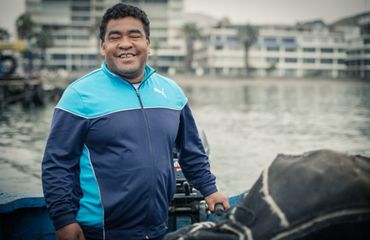
Hector has even established access to the high-end seafood restaurant market in Lima, where his fish are selling for higher prices.
A path to reform
Three years ago, Hector, the other fishers of Ancon, and Peruvian scientists began working with our team at the Conservancy to recover their coastal fisheries. By applying the FishPath approach, Ancon fishers decided to focus on improved data collection to learn more about their fishery and implement management rules like catch limits and no-fishing zones.
After just one year putting these measures into practice, fish stocks and catch per fisher are up, and Hector has even established access to the high-end seafood restaurant market in Lima, where his fish are selling for higher prices.
Healthier fish populations and more satisfied fishers: that’s what this model strives for and why it’s being used around the world. With our partners, we are applying FishPath in Australia, the Bahamas, Indonesia, Jamaica, Kenya, Mexico, Spain, Peru, and the United Sates and plan to continue expanding into other places.

“A key characteristic of FishPath is that it takes a holistic view and builds a tailored approach for each fishery,” says Carmen Revenga, TNC’s lead for global fisheries. “As a diagnostic tool, FishPath helps users understand the key characteristics of the fishery,” Revenga says. “That includes the species biology, fleet dynamics, available stock and harvest data, social interactions, market factors, as well as governance and policy.”
After this broad review, FishPath provides options for assessing and managing the fishery, along with their pros and cons. Depending on the fishery, recommended options could include catch limits, gear restrictions, or a suite of other strategies.
Quote: Carmen Revenga
A key characteristic of FishPath is that it takes a holistic view and builds a tailored approach for each fishery."
Broader engagement for healthier oceans
FishPath is part of a broader engagement by TNC to build trust with local fishing communities and governments.
"FishPath provides a way for any user, anywhere in the world, to access information on the universe of options to manage a fishery," says Jono Wilson, TNC's lead scientist for the strategy. "It brings the world's knowledge of fisheries management to your doorstep. Working with Conservancy staff, FishPath users implement solutions that can include training workshops, building capacity for fishers and processing facilities, and technologies that trace fish from water to consumer."
Quote: Lester Gittens
“FishPath has helped to organize our available information from many studies, expert consultations and data collection efforts, as well as point us in the direction we need to go.”
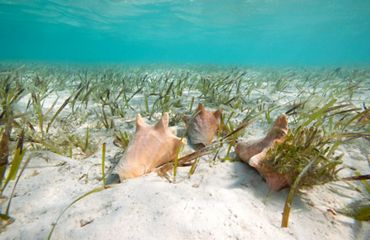
Through FishPath and these other engagements, transparency and trust-building lead to healthier results for the fisheries and the communities that rely on them.
A clearer path to healthy coastal fisheries means a higher quality of life for fishers like Hector and even more reason to enjoy that plate of seafood.
